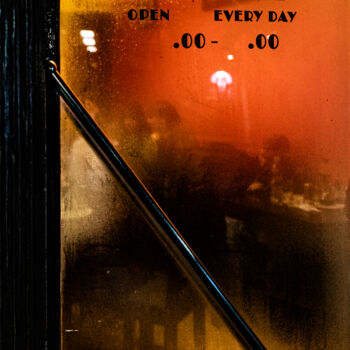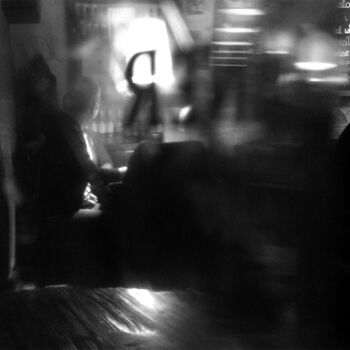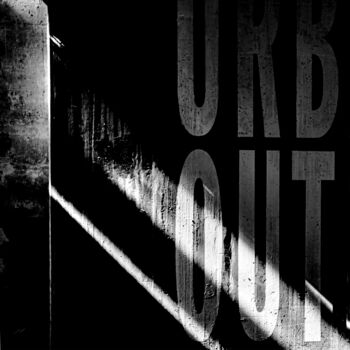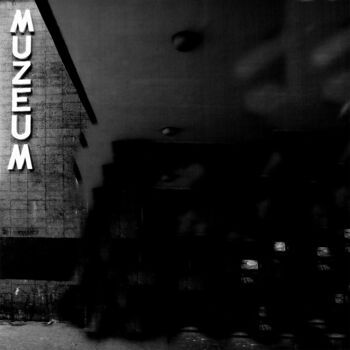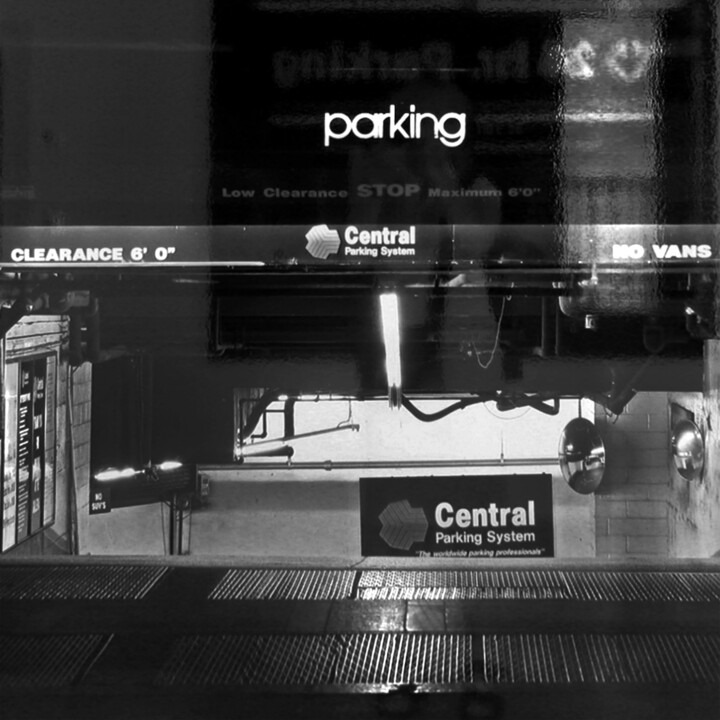

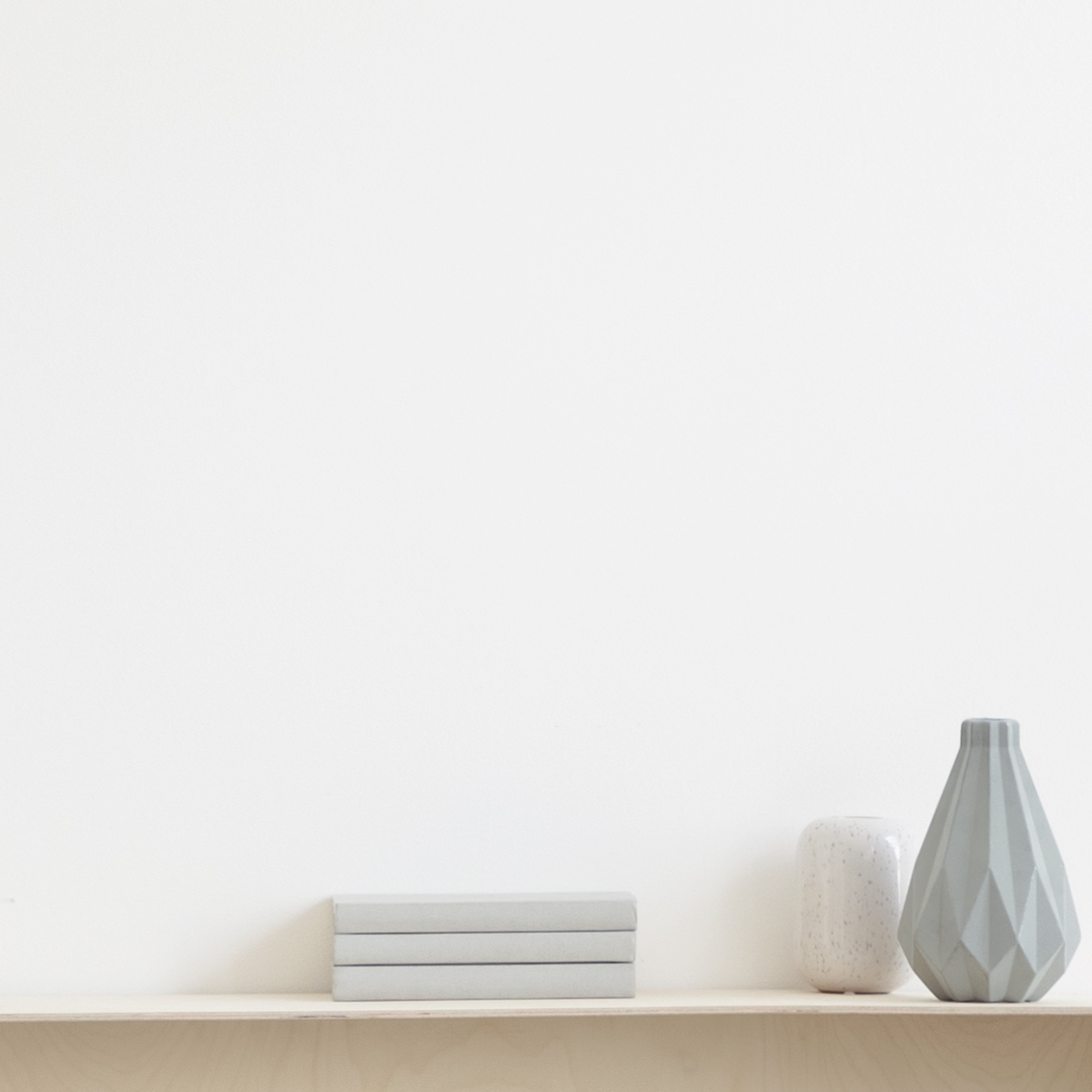
Let us know if you would like to see more photos of this artwork!
- Back of the work / Side of the work
- Details / Signature / Artwork's surface or texture
- Artwork in situation, Other...
PARKING # 49. FROM THE SERIES: STREET (2007) Photography by Marta Lesniakowska
More info
- Packaging (Box or cardboard packaging) All artworks are shipped with a premium carrier, carefully protected and insured.
- Tracking Order tracking until the parcel is delivered to the buyer. A tracking number will be provided so that you can follow the parcel in real-time.
- Delay Worldwide delivery in 3 to 7 days (Estimate)
- Customs not included The price does not include customs fees. Most countries have no import tax for original artworks, but you may have to pay the reduced VAT. Customs fees (if any) are to be calculated on arrival by the customs office and will be billed separately by the carrier.
More info
- Trackable Online Certificate of Authenticity Authenticity Certificates can be verified online at any moment by scanning the artwork code.
- Artist Value Certification Experts study the work and career of an artist then establish an independent and reliable average price value. The average price value situates the artist on a price range for a given period. The experts may also be asked to establish a more precise estimate for a particular work.
More info
100% secure payment with SSL certificate + 3D Secure.
More info
-
Original Artwork (One Of A Kind)
Photography,
Digital Photography
/
Non Manipulated Photography
on Paper
- Dimensions Height 15.8in, Width 15.8in
- Artwork's condition The artwork is in perfect condition
- Framing This artwork is not framed
- Categories Photographs under $5,000 Street Art City
Ale „Parking #49” ma także inne konteksty. To, o czym opowiada, jest obrazem współczesnego miasta i kultury konsumpcji, której reprezentacją jest centrum handlowe i jego wierny odpowiednik, podziemny garaż. Tutaj, jak zauważył T.J. Clark, konsumpcja i rozrywka łączą się wytwarzając formy towarzyskości nowej ery. Te miejsca (wraz z hotelem), pozbawione wyróżniających cech, są więc specyficznymi znakami rozpoznawczymi w przestrzeni miasta, będąc zarazem krytycznym komentarzem kultury konsumpcji jako współczesnej rozrywki. (ml)
"Among the many ways of combating nothingness, one of the best is photography..." (Julio Cortázar, The Babe of Summer). In street photography, it is the randomness, the momentary that decides, problematising each time Henri Cartier-Bresson's theory of the decisive moment when the photographer's eye is able to perceive the composition in space and freeze the unique moment when I intuitively press the shutter. I photographed the entrance to the underground car park using a filmic subjective camera technique (point-of-view shot): the central, strictly axial frame is a record of the driver's point of view, which is mediated by the viewer as the subject of the gaze. The seemingly banal fragment of the city reveals the play of light and dark, the relationship between sharp and blurry, the interpenetration of images and their equivalence, which brings out the existence of parallel worlds resulting from the splitting of reality, its duality, as Jean Baudrillard puts it. This reveals the essence of the image, when "underneath the revealed image there is another image, more faithful to reality, and underneath this image there is yet another, and underneath this again another, until the true image, the absolute mysterious reality that no one will ever see, perhaps only after the unfolding of each image, of each reality" (Michelangelo Antonioni on his film 'Blow up'). So, as in my other work, here I am engaged in a metamodern dialogue with the modernist aesthetic of film noire and its dark atmosphere, as well as with the master of 20th-century street photography Saul Leiter.
But 'Parking #49' also has other contexts. What it is about is a depiction of the contemporary city and the culture of consumption, of which the shopping mall and its faithful counterpart, the underground garage, are a representation. Here, as T.J. Clark has noted, consumption and entertainment combine to produce forms of new age sociability. These places (along with the hotel), devoid of distinctive features, are thus specific landmarks in the urban space, being at the same time a critical commentary on the culture of consumption as contemporary entertainment. (ml)
Collector's digital photography, b/w. Digital print on Hahnemühle Photo Rag Baryta 315g (semi-flash), archival paper, acid-free, signed on the front and on the reverse , dated 2007/ print 2022 life time print. Format: 40x40 cm in the light of the image, aper format 50X50 cm. Certificate of Authenticity. Archived file: IMG_0049=.raw
Marta Lesniakowska is an artist photographer but also, at the same time, historian and art critic, she does research on visual culture. This is what determines his approach to photography: a strategy of the “look that remembers”, which recalls familiar images from the history of art in order to transmit/intertextualize them. Her dialogue with them consists in asking herself if it is possible to evoke their meanings and what they are or can be today. She is fascinated by light - its role in the construction of the image, the parergon that creates the image. This is why, in street photography, she analyzes the interplay of light and dark, the relationship between sharpness and blur and the interpenetration of images as simultaneous realities. In this way, she brings out the mysterious character of the city, referring to the aesthetics of black cinema and to the master of 20th century street photography, Saul Leiter.(ml)
When she takes photographs, nothing is more or less important to her; his gaze is often governed by the principles of minimalist poets: an economy of detail, the discovery of subtexts and insinuations hidden in invisible objects and bits of everyday reality.
Marta Lesniakowska lives and works in Poland. His works are part of public collections (National Museum in Wroclaw, Museum of Bydgoszcz) and private collections (Netherlands, Denmark, Germany, Sweden, Switzerland, United States).
-
Nationality:
POLAND

- Date of birth : unknown date
- Artistic domains: Works by professional artists,
- Groups: Professional Artist Contemporary Polish Artists




